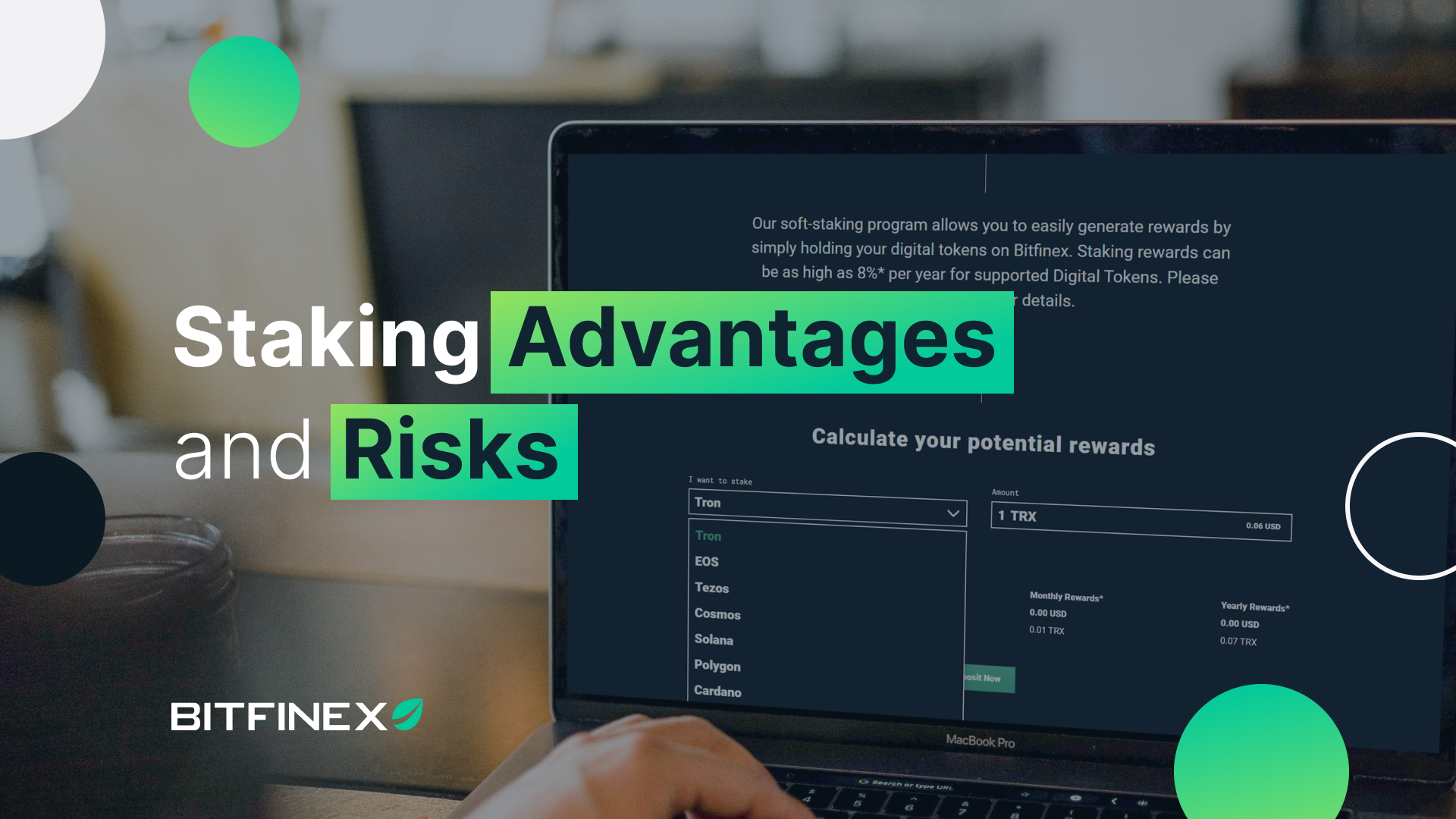
Staking governance tokens earned from crypto rewards cards is rapidly becoming a core strategy for DeFi power users seeking to maximize both yield and protocol influence. As the landscape of crypto rewards card staking evolves, understanding the nuanced trade-offs is essential for anyone aiming to optimize their governance token strategy and manage risk in a volatile market.
![]()
Unlocking Compound Rewards: The Case for Staking Governance Tokens
One of the most compelling advantages of staking governance tokens sourced from rewards cards is the ability to earn passive income and compound returns. Instead of letting your card-earned tokens sit idle, you can deploy them into native staking contracts or third-party DeFi protocols. This move lets you stack additional yield on top of your initial card rewards, leveraging attractive APYs and sometimes bonus incentives from new protocols looking to bootstrap liquidity. In essence, you’re not just earning once – you’re creating a compounding effect that can accelerate portfolio growth over time.
For example, if you receive 100 UNI tokens per month as a reward, staking them at an 8% APY could net you an extra 8 UNI annually – without additional spending. Some platforms even offer boosted rates for early stakers or those who participate in protocol-specific initiatives. The key? Compounding yield generation is only possible when you actively stake rather than passively hold.
DeFi Governance: Turning Rewards into Protocol Power
The second major pro is gaining voting power in protocol governance. Staking governance tokens isn’t just about financial upside; it’s about wielding real influence over key blockchain decisions. By locking up your tokens, you typically unlock the right to vote on proposals related to upgrades, fee structures, incentive models, and even treasury allocations.
This participation is more than symbolic – well-organized token holders can shape the future trajectory of major DeFi protocols. If you’re passionate about decentralization or want your voice heard in community debates over emissions schedules or security upgrades, staking your rewards-earned governance tokens is the gateway to active protocol stewardship.
The Risks: Liquidity Constraints and Smart Contract Vulnerabilities
The upside comes with significant caveats. Chief among them: token lockup and reduced liquidity. Most staking contracts require you to lock your assets for a fixed period or impose withdrawal delays (sometimes several days or even weeks). This exposes you to acute price volatility – if your token’s value drops during the lockup window, you’re unable to exit quickly and may realize losses far greater than any earned APY.
Liquidity constraints are especially critical during market corrections or black swan events when fast access to capital matters most.
A second risk vector is smart contract and protocol risk. Even established DeFi platforms have suffered exploits due to bugs or vulnerabilities in their codebase. If a protocol gets hacked or a validator misbehaves (in Proof-of-Stake systems), stakers can lose part or all of their locked tokens through slashing penalties or outright theft. This risk increases dramatically with newer projects chasing high yields but lacking robust audits or battle-tested infrastructure.
Pros & Cons of Staking Governance Tokens from Rewards Cards
-

Pro: Earn Passive Income and Compound Rewards – Staking governance tokens earned from rewards cards allows users to generate additional yield on top of their card rewards, compounding returns through native staking APYs and potential bonus incentives offered by DeFi protocols. This can maximize overall DeFi returns, especially on platforms like Uniswap or Aave.
-

Pro: Gain Voting Power in Protocol Governance – By staking these tokens, users not only earn financial rewards but also obtain the right to participate in key governance decisions, influencing protocol upgrades, fee structures, and community proposals. Staked tokens often grant voting rights in major DeFi protocols such as Compound or Curve.
-

Con: Token Lockup and Reduced Liquidity – Staking often requires locking tokens for a fixed period or facing withdrawal delays, limiting immediate access to funds and exposing users to price volatility during the lockup. Liquidity constraints are common on platforms like Lido or Rocket Pool.
-

Con: Smart Contract and Protocol Risks – DeFi staking contracts can be vulnerable to bugs or exploits; if a protocol is compromised, staked tokens may be lost or subject to slashing penalties, especially in less-established projects. Smart contract vulnerabilities have affected platforms such as Binance Smart Chain projects and others in the DeFi space.
If you’re considering crypto rewards card staking as part of your broader governance token strategy, balancing these pros and cons should be at the core of your decision-making process.
As the DeFi ecosystem matures, the interplay between yield optimization and risk exposure is sharper than ever. The allure of compounding rewards through staking is real, but so are the dangers lurking beneath the surface. Seasoned users know that maximizing returns isn’t just about chasing the highest APY, it’s about understanding where your capital is locked, for how long, and under what security assumptions.
Staking governance tokens earned from crypto rewards cards can be a high-conviction play for those confident in both the protocol’s future and their own risk management. But it requires constant vigilance: monitoring protocol updates, staying alert for governance votes that could alter staking parameters, and watching for early signs of smart contract vulnerabilities.
Practical Considerations Before Staking
Before you commit to staking your card-earned governance tokens, ask yourself:
- How long am I willing to lock my tokens? If you need rapid liquidity during market turbulence, staking with a long lockup could be a liability.
- What’s the protocol’s security track record? Review audits, bug bounties, and community sentiment before trusting any smart contract with your assets.
- Are there bonus incentives or penalties? Some protocols offer extra rewards or impose slashing risks, read the fine print.
- Does voting power matter to me? If you want a say in protocol evolution, staking is often required to unlock full governance rights.
If you’re new to this game, start small. Experiment with a portion of your rewards while keeping enough liquidity on hand for other opportunities or emergencies. Use analytics dashboards to track your yields and monitor upcoming governance proposals, sometimes participating in votes can unlock additional reward multipliers or influence critical network changes.
The Bottom Line: Strategic Staking in 2025’s DeFi Landscape
The calculus for staking governance tokens earned via crypto rewards cards boils down to two core questions: Are you optimizing for maximum yield and influence, or prioritizing flexibility and principal protection? For many advanced users, a hybrid approach works best: stake a portion of your rewards for compounding APY and voting rights while retaining some tokens liquid for tactical redeployment if market conditions shift rapidly.
The most successful DeFi participants aren’t just passive recipients of card rewards, they’re active managers of their token stack, leveraging every tool available from on-chain analytics to real-time alerts. As always in crypto: risk is the price of opportunity. Know your protocols, understand your lockups, and never stake more than you’re willing to lose, even when the upside looks irresistible.






